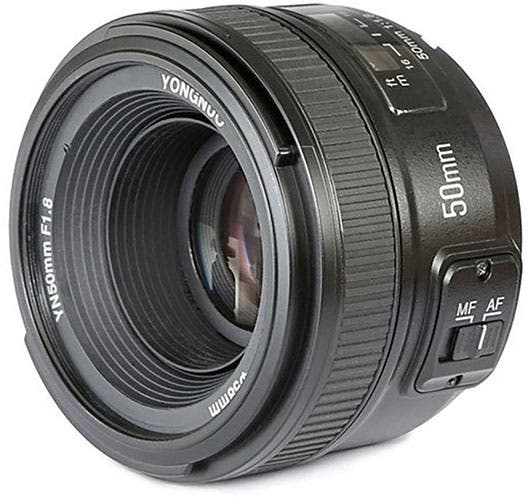
For example, you could have their cheeks touching. Set groups on the same plane : If you’re shooting more than one subject, set them on the same focal plane and have them touching at some point.So, for example, if you have a subject posed in front of trees with sunlight shining through the leaves, that will produce beautiful orbs. Choose subjects that have highlights in the area that will be blurred : When we’re talking about highlights, that means the light sources for the image.If you have a lens with a focal length of 200mm or more, you can increase the blurred areas in your image significantly. Use longer focal lengths : Zooming to the maximum focal length of your lens will increase the area of the bokeh.Get in close : At the same time that you’re increasing the distance between your subject and the background, you want to get in close to your subject.

But, there are a few other things you can do to create that beautiful bokeh. We’ve already discussed perhaps the most important tip – use fast lenses with wide open apertures. Now that you’ve got a good idea about the best lenses for bokeh photography, let’s discuss a few tips to create that dreamy effect.
#Canon camera good bokeh lens professional#
So, what are the best lenses for this effect? Here are a list of 7 lenses professional photographers prefer : Okay, so now you have a better understanding of bokeh and why the lens is important. What are the Best Lenses for Bokeh Photography? A hexagonal-shaped aperture will reflect that shape in the out-of-focus highlights. A lens with more circular shaped diaphragm blades will result in softer, more rounded orbs created by out-of-focus highlights. Why does the Aperture Shape Matter?Īside from the speed of the lens, the shape of the diaphragm blades–the aperture–is also important. You want at least an f/2.8 aperture, but faster apertures, like f/2, f/1.8, and f/1.4, are even better. To achieve the perfect bokeh effect, you’ll need a fast lens–in fact, the faster the better. You see the bokeh effect frequently used in portrait photography to really enhance the appearance of the subject. That results in a pleasing aesthetic quality of an out-of-focus blur in the image.

What is Bokeh Photography?īokeh photography is the soft, out-of-focus background effect you get when you are shooting a subject with a fast lens set at the widest aperture. The word bokeh comes from the Japanese word boke (ボケ), which means blur or haze. Have you seen those photographs with an almost dream-like quality? Usually what you’re looking at is what is known as bokeh photography.


 0 kommentar(er)
0 kommentar(er)
